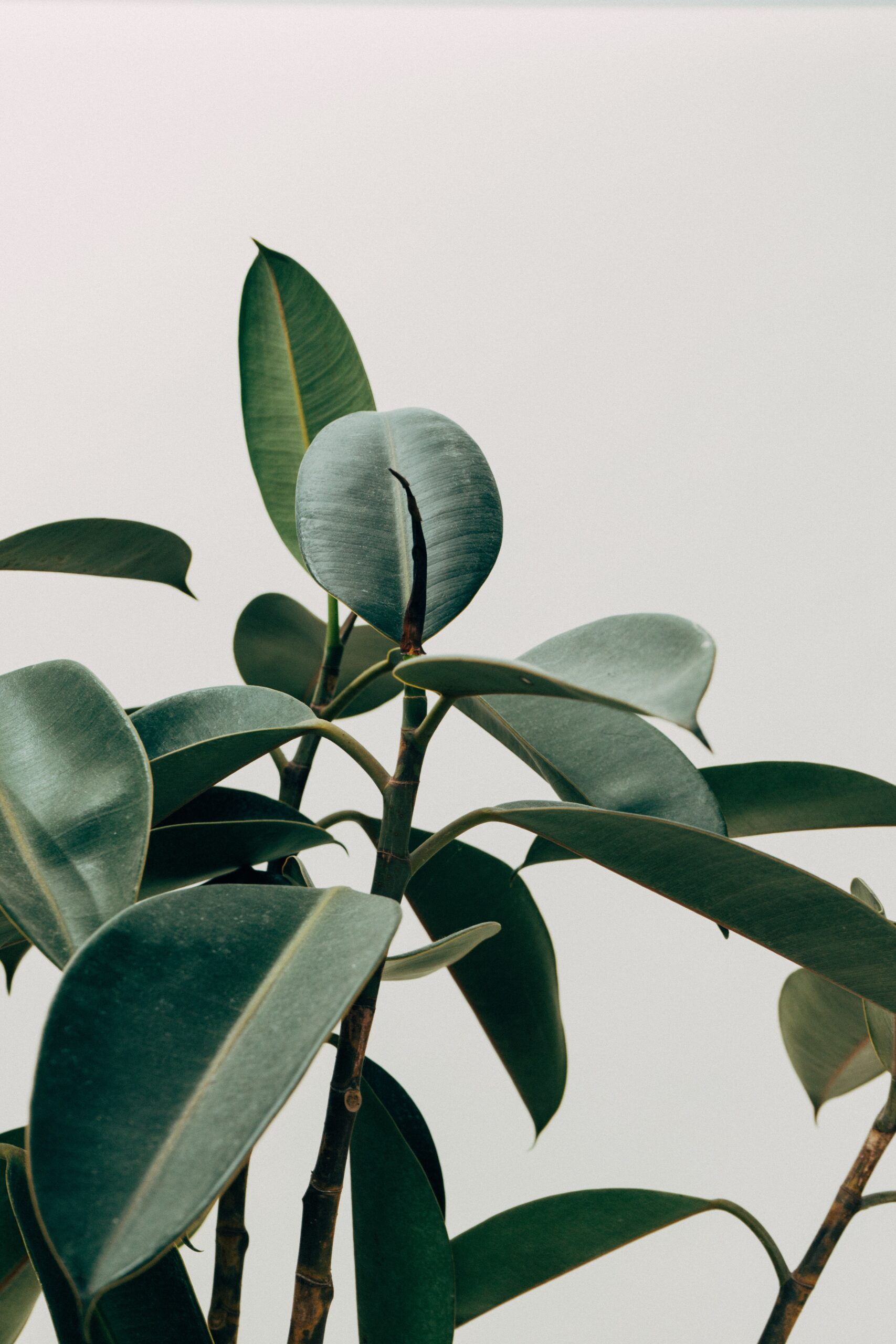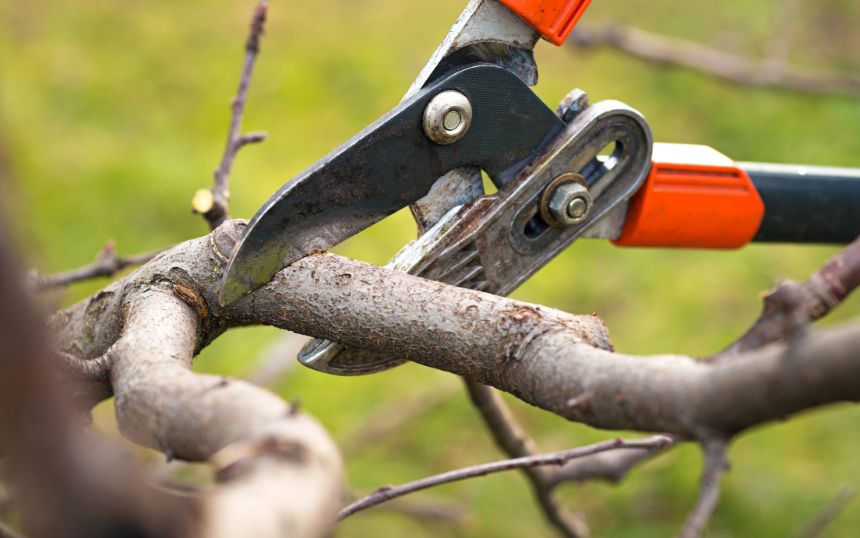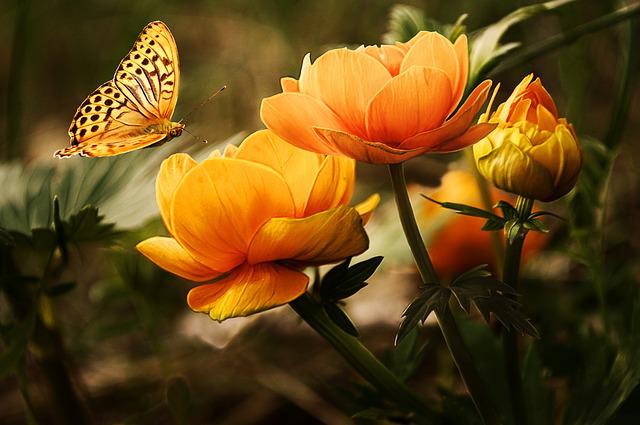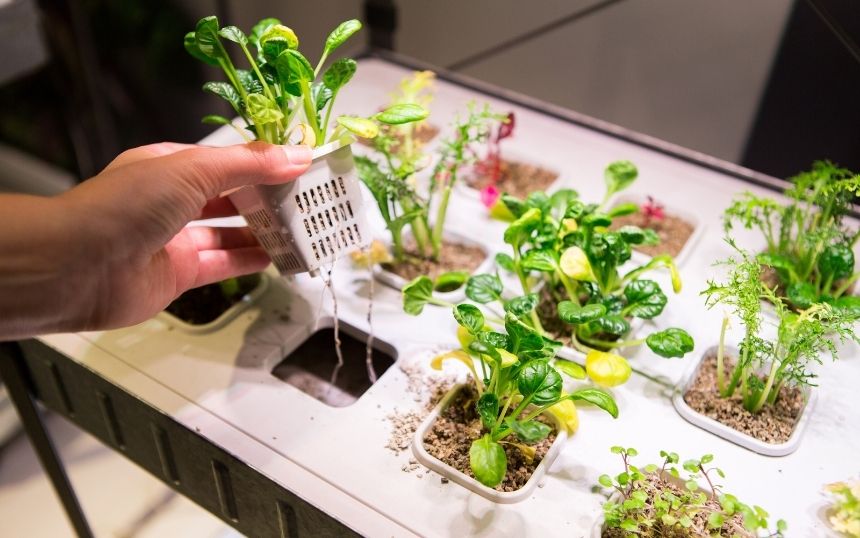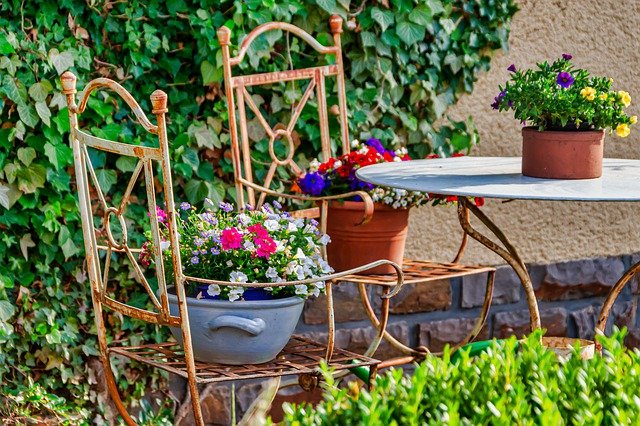Poisonous Plants That May Be Lurking in Your Garden

When we think of the word poison, our minds tend to conjure up dramatic and fantastical images. We think of hunch-backed witches with blood-red apples or dastardly, cloaked counts concealing small vials ready to drop into the king’s wine. Rarely do we think of small, innocuous plants that grow in our own backyards.
However, gardens and other areas are the main places we are exposed to poison. And not being aware of which innocent herb is concealing toxins beneath its “cloak” can be just as disastrous. Read on to learn about poisonous plants that may be lurking in your garden.
Daffodils
It’s ironic that “daffodil” is a slang word for someone naïve or innocent, when the flower is far from it. This sunny spring bloom contains a chemical called lycorine. When consumed, lycorine can cause convulsions, diarrhea, vomiting, and abdominal pain. Even contact with the stem or onion-like bulbs can lead to a rash known to florists as “daffodil itch.” Be wary when handling this plant.
Angel’s Trumpet
This is another plant whose innocent name belies its deadly nature. Angel’s trumpet, a fragrant yellow, pink, or white flower that blooms in late summer or early fall, contains the same chemicals found in belladonna, or deadly nightshade. People sometimes used them to cause hallucinations, but they also cause dry mouth, muscle weakness, and dilated pupils.
Rhubarb
Don’t read this and think that you should throw away the rhubarb pie you just bought at the farmer’s market. The stalks are perfectly safe. The leaves, however, contain oxalic acid, which may cause nausea, vomiting, shock, kidney failure, and damage to your internal organs. Your symptoms may vary depending on how much you eat, but it’s better to avoid the risks and stick to eating the stalk.
Oleander
If you live in a warmer climate, you may be familiar with this beautiful pink bloom growing from a small shrub. But when consumed, it can cause nausea, abdominal pain, and cardiac toxicity due to cardiac glycosides in the plant. Fortunately, the plant tastes awful, so usually, humans don’t make the mistake of eating it. However, you should keep an eye on animals you have on your property.
Cherry Laurel Tree
Cherry laurel trees’ bright red berries and deep green leaves smell just like maraschino cherries. But every part of the tree contains hydrocyanic acid, or cyanide, which causes nausea, dizziness, slow heart rate, and respiratory failure. Of course, they are also excellent deer deterrents, so if you’re thinking of planting them in your yard, learn everything you need to know first. And keep them out of your sundaes.
Rosary Peas
Rosary peas are further proof that just because a plant has something edible in its name doesn’t mean you should eat them. These invasive red berries are found in tropical climates and contain abrin. Abrin causes nausea, hallucinations, low blood pressure, and seizures. Rosary peas have enough abrin in a single seed to kill you, making them one of the deadliest poisonous plants you may have in your yard.

